MEET OUR CODE_N CONTEST FINALISTS 2018: XAIN from Germany
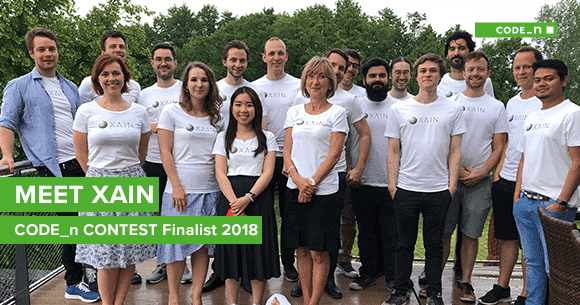 The use of blockchain stretches beyond its inceptive function – blockchain isn’t just about Bitcoin! We are seeing the emergence of integrated AI and blockchain technologies transforming the automotive industry. With offices in Berlin, Stuttgart and Oxford, XAIN is a startup leveraging blockchain and AI promises. The company provides a universal access-control protocol for machine networks in the mobility sector. For more information on how XAIN is edging AI and blockchain in automotive solutions, check out our interview with CEO and co-founder, Leif-Nissen Lundbaek.
The use of blockchain stretches beyond its inceptive function – blockchain isn’t just about Bitcoin! We are seeing the emergence of integrated AI and blockchain technologies transforming the automotive industry. With offices in Berlin, Stuttgart and Oxford, XAIN is a startup leveraging blockchain and AI promises. The company provides a universal access-control protocol for machine networks in the mobility sector. For more information on how XAIN is edging AI and blockchain in automotive solutions, check out our interview with CEO and co-founder, Leif-Nissen Lundbaek.
Aishah: What is XAIN all about?
Leif-Nissen: XAIN is a Berlin-based tech company specializing in IoT networks. We combine cybersecurity, machine learning, and blockchain technology in order to propose a distributed, embedded, and secure access control protocol for machine and vehicle networks.
The company originated as an Oxford University research project to develop a distributed, highly flexible, and privacy-preserving network with a novel twofold consensus mechanism – called Proof of Kernel Work – for energy efficiency and scalability. Having prevailed over 120 startups, XAIN AG won the 1st Porsche Innovation Contest in summer 2017. The company is now involved in several projects with its customers, including Porsche and Daimler. Since then, XAIN has developed a new data structure for hybrid clients, which are directly integrated into embedded systems such as microcontrollers and IOT devices for end-to-end secure communication. Currently, the company is developing a universal, secure, and user-centric access control language for IoT networks.
We envision a world where equally-distributed intelligent systems enable collaboration and trust and help our clients accelerate the speed of innovation
Aishah: How did you come up with the idea?
Leif-Nissen: The research underlying much of the company’s solutions originated as part of my university Software Engineering master’s, which involved carrying out formal verifications of existing blockchain and cybersecurity protocols, followed by extensive PhD research in computer science and mathematics at Imperial College London.
One anecdote that helps illustrate the inspiration for XAIN is when I threw my bag with my car keys onto the passenger seat of my car. I accidentally locked the car in the process (without noticing) and then shut the door. This was the day I realized the importance of flexible access control schemata for machines: “Wouldn’t it make my life easier if I could securely authorize someone else’s mobile phone to unlock my car?” I thought. Combining blockchain technology with cybersecurity protocols seemed like a promising way to solve this problem.
The next few hours were spent discussing the idea with my business partner as he drove me to pick up my spare keys, so I could get back into the car. We concluded that distributed and secure access control protocol could have the power to make human-machine interactions significantly more seamless and secure.
Aishah: What are you trying to solve?
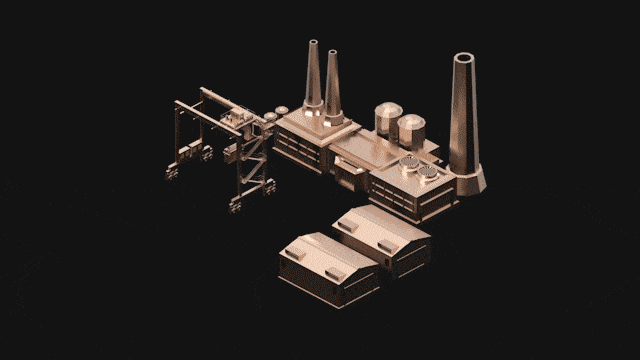 Leif-Nissen: Though the IoT promises many things, it is clear that several challenges have yet to be addressed before we will be able to reap tangible benefits. The most significant of these challenges center around issues of security, privacy, and interoperability. XAIN aims to address these challenges by creating equally-distributed, privacy-preserving, and secure machine networks. A McKinsey research paper on the subject of IoT states that 40% of value capture depends on solving the problem of interoperability. This is why XAIN has made it its mission to build intelligent and energy-efficient infrastructure for humans, organizations, and devices to purposefully work together. We are therefore developing a domain-specific language to give users fine-grained control over data access control policies in machine networks, regardless of the systems they are built on.
Leif-Nissen: Though the IoT promises many things, it is clear that several challenges have yet to be addressed before we will be able to reap tangible benefits. The most significant of these challenges center around issues of security, privacy, and interoperability. XAIN aims to address these challenges by creating equally-distributed, privacy-preserving, and secure machine networks. A McKinsey research paper on the subject of IoT states that 40% of value capture depends on solving the problem of interoperability. This is why XAIN has made it its mission to build intelligent and energy-efficient infrastructure for humans, organizations, and devices to purposefully work together. We are therefore developing a domain-specific language to give users fine-grained control over data access control policies in machine networks, regardless of the systems they are built on.
XAIN is currently focusing on applications in the mobility (automotive) sector. Having successfully tested the implementation of a blockchain node inside a Porsche, the company has learned that redefining the relationship between machine data and users is crucial to creating real-world value for consumers while unlocking new business opportunities for enterprises.
Aishah: What does the acronym XAIN stand for, and how did you come up with it? Porsche is already testing your blockchain technology – so what new business models and blockchain-based applications are you currently working on for the automotive sector?
Leif-Nissen: XAIN stands for the eXpandable AINetwork.
XAIN’s access control mechanism can be used to match parties inside a system in an ad-hoc, easy way without needing to build a consortium among stakeholders. It enables platforms, which enterprises can use to improve data transparency for their stakeholders. This transparency is offered by allowing machines owned and operated by users to participate directly in a network. At the same time, it keeps privacy and access permissions entirely under user control. One interesting prospect is that this technology may empower people to envisage new business models, and it might generate new revenue streams by building third-party integrations on top of this protocol. One example of such integration is an application that was created for DHL, the German logistics company. The integration envisaged a scenario whereby an employee of DHL, which has been listed as a service provider on the network, could be given temporary permission by a Porsche owner to access the trunk of his car. The trunk could be unlocked via smartphone in order to deliver a package.
Of course, it’s important to define the functional benefits and tangible features enjoyed by the user of XAIN protocol. In this case, the users can be both the owner of the car and the car manufacturer itself. The advantages include:
- Access control: Users can grant and revoke access to third parties, such as the ability to open the vehicle and start it. Permissions can be time-sensitive and car owners can receive real-time notifications concerning use and access of the vehicle.
- Vehicle data auditing: Machine data gathered by sensors in the car can be verified such as brake and transmission use or controlling top speed. This type of data can be used for predictive maintenance.
- Manufacturers can securely push over-the-air updates to vehicle software.
- Traffic data can be recorded in direct communication with other vehicles to signal changing road conditions or allow functions like platooning (vehicle grouping for convoys).
- Data can be recorded to work out driving behavior, which could be used to train AI models for autonomous vehicles and distributed machine learning scenarios
Aishah: Thank you for the interview, Leif!
Meet XAIN at the new.New Festival 2018 this fall, in Stuttgart!


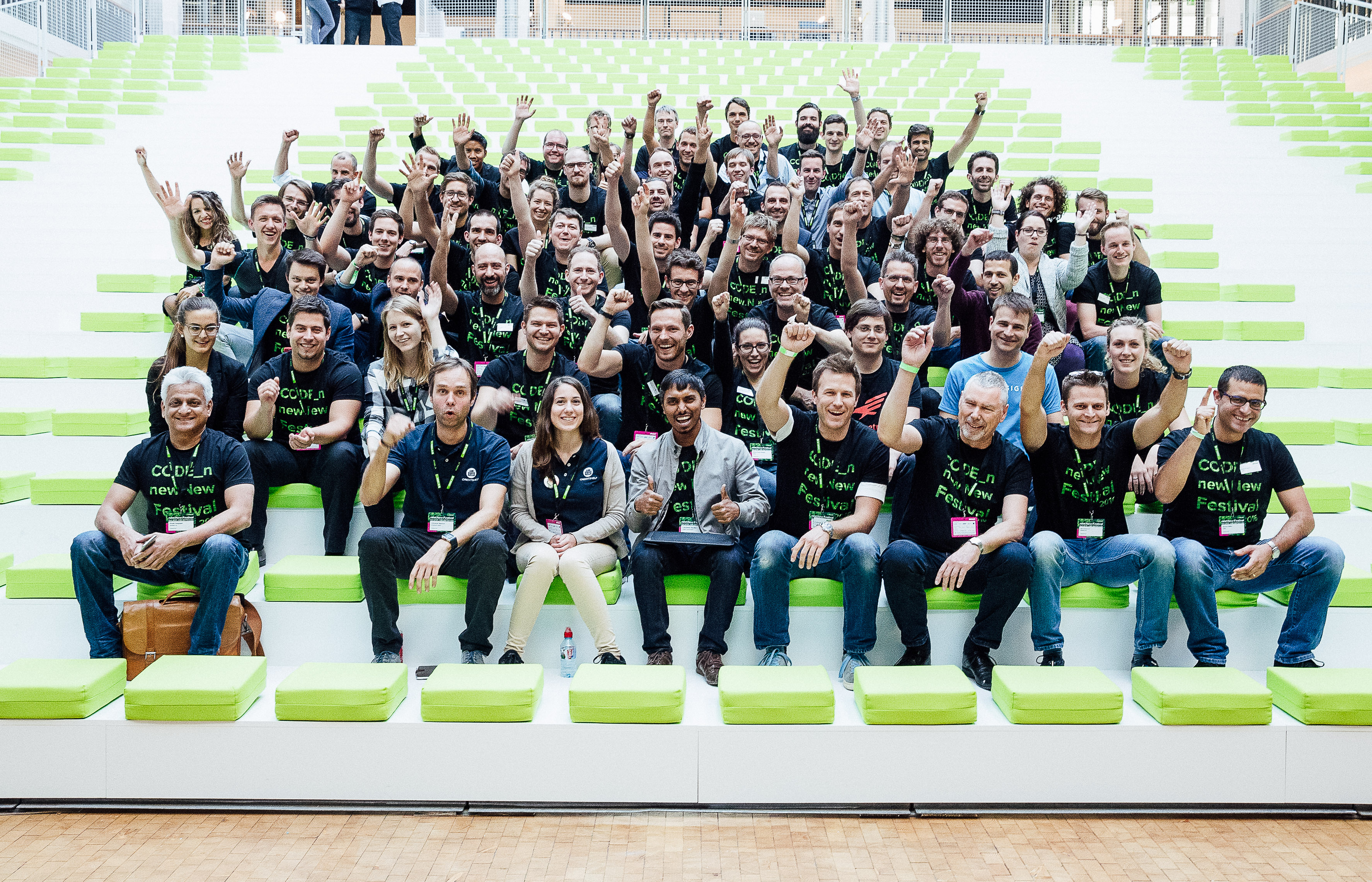
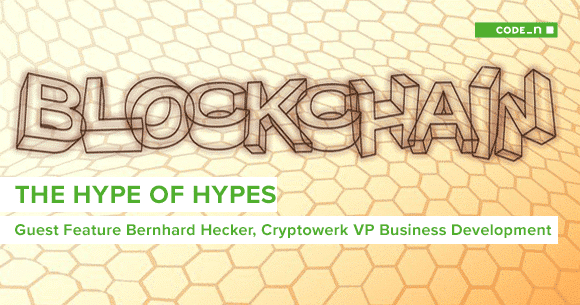
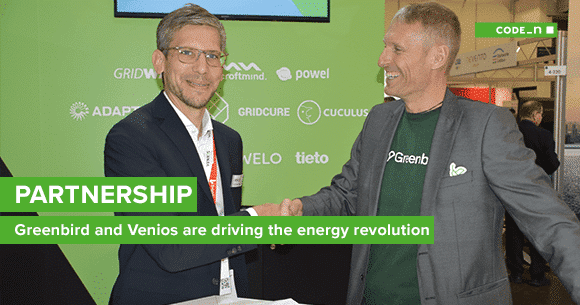
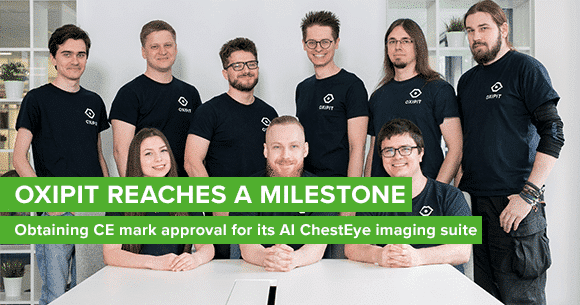
Write a comment